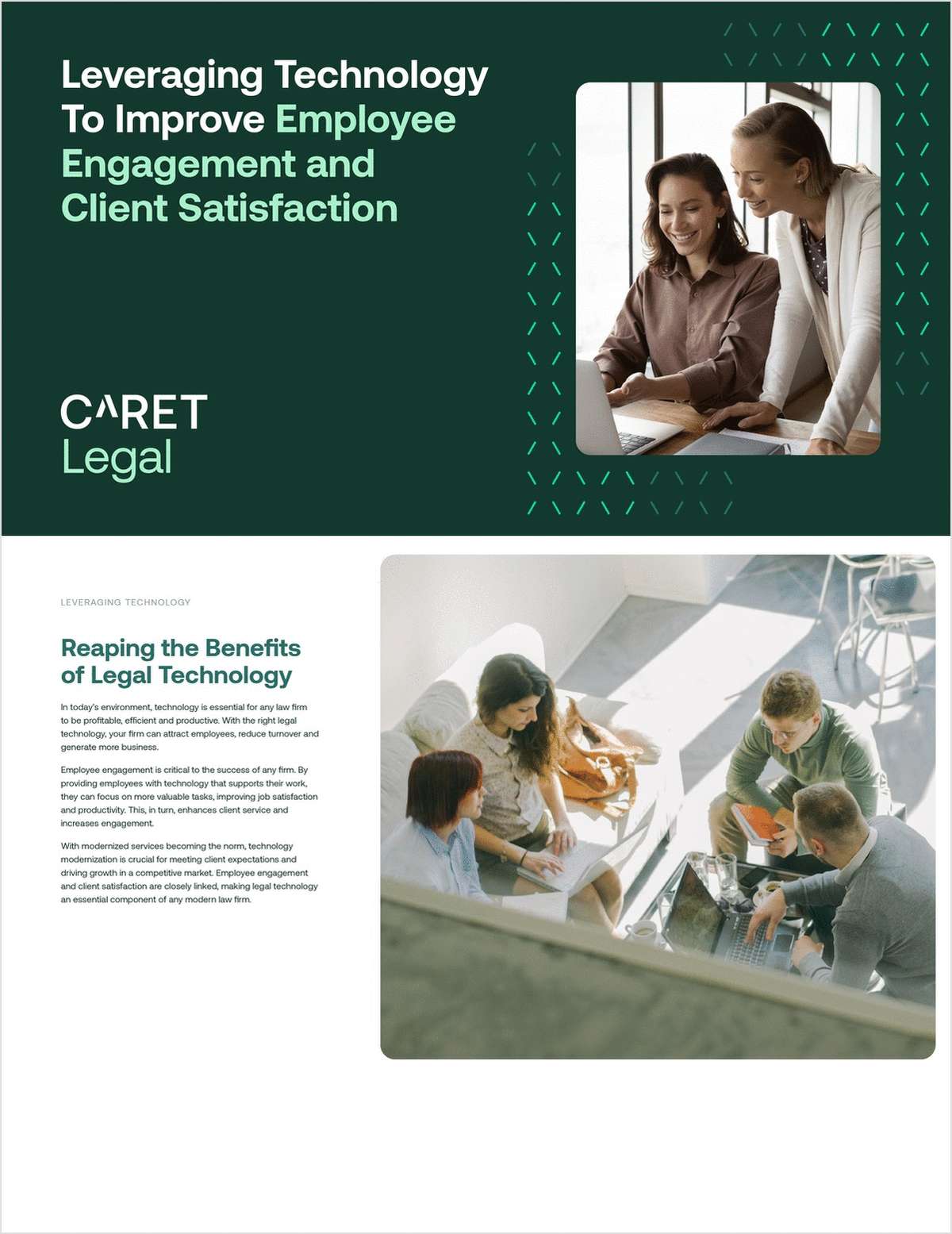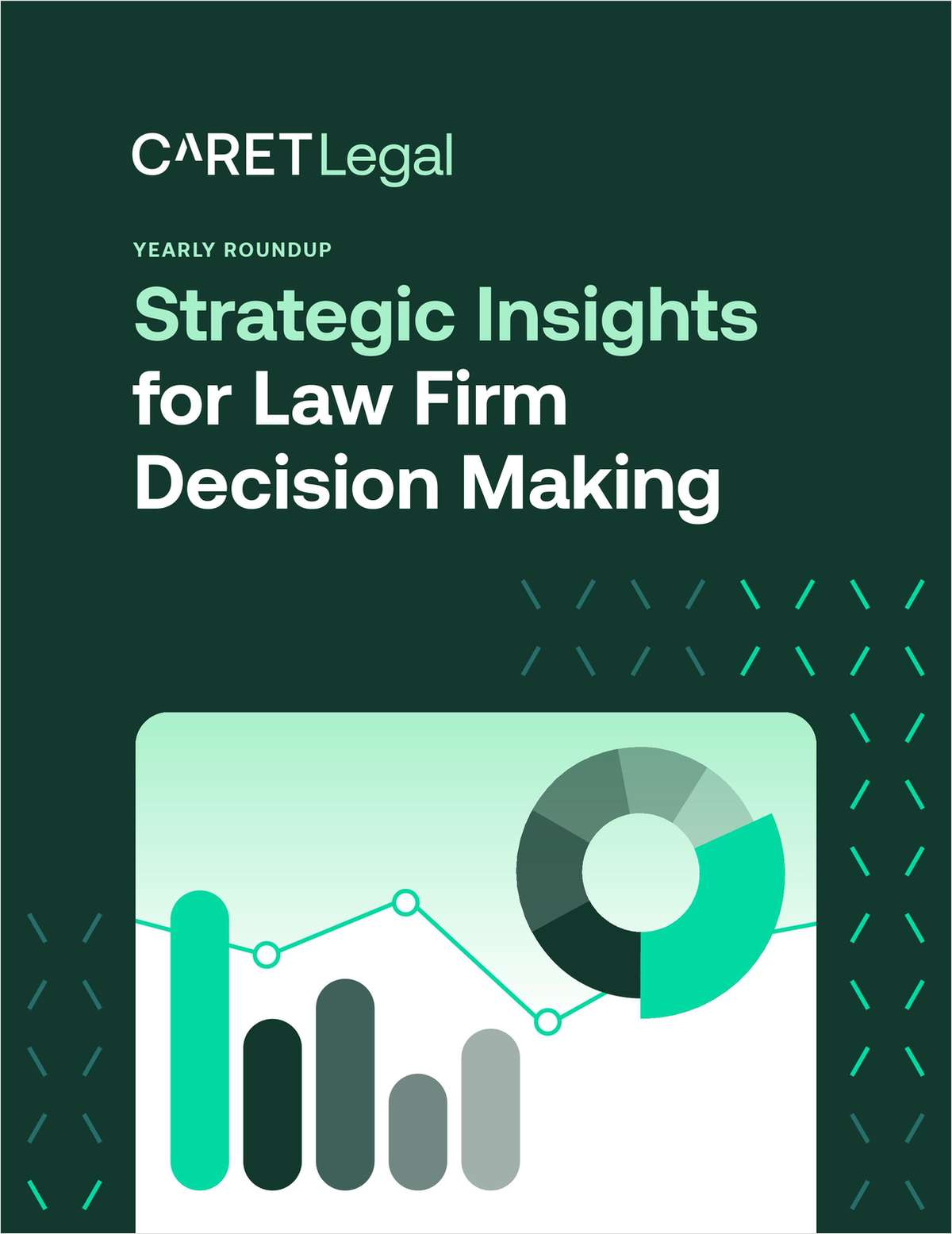Mobile or Landline? SCOTUS Advocates Prep for First-Ever Phone Arguments
Appellate advocates are busy at work thinking about, and preparing for, the U.S. Supreme Court's first-ever phone arguments. Some of the lawyers set to argue in May talk with us about what's on their mind.
April 14, 2020 at 03:11 PM
7 minute read
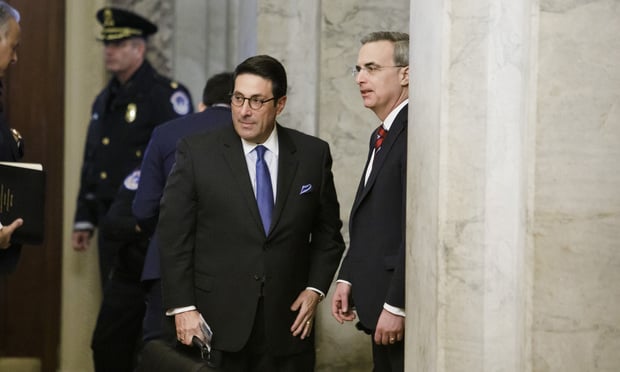 President Donald Trump's personal attorney Jay Sekulow, left, arrives for impeachment proceedings. Credit: Diego M. Radzinschi / ALM
President Donald Trump's personal attorney Jay Sekulow, left, arrives for impeachment proceedings. Credit: Diego M. Radzinschi / ALM
Shortly after the U.S. Supreme Court announced historic arguments by phone next month, Hogan Lovells appellate litigator Sean Marotta tweeted: "Do you get a podium for your house, wear a suit, and do it like at the court? Do you have more notes? Do you set up a Slack war room with your team for real-time support? Too distracting?"
Another lawyer tweeted: "How can you see the clock and the red light? This makes me itch just thinking about it!"
The justices' decision to hold arguments by teleconference in select cases on six days in the first two weeks of May poses challenges, advantages and disadvantages for the advocates in those cases as well as for the justices themselves. As they await more guidance from the court on how the arguments will unfold, some of the advocates arguing those select cases are thinking through how their preparation may change and the logistics of doing a phone argument.
"I'm going to do my moots over the phone," said Jay Alan Sekulow, counsel to President Donald Trump in the case Trump v. Vance, in which a state grand jury is seeking Trump's financial records. "I want to get a feel for it. My theory is let's get used to how we're going to be doing this."
Sekulow, who has argued 12 Supreme Court cases, has done a teleconference argument in federal district court involving a preliminary injunction. "It's very different when there is one judge and a couple of lawyers than it will be with nine judges," he said.
When March arguments in the Trump case were postponed, Sekulow said, he was finishing the reply brief in the case and he had drafted an outline of what he planned to say during arguments. "I put everything back in my litigator case," he recalled. Now he will take everything out, but "I don't think my preparation will be any different."
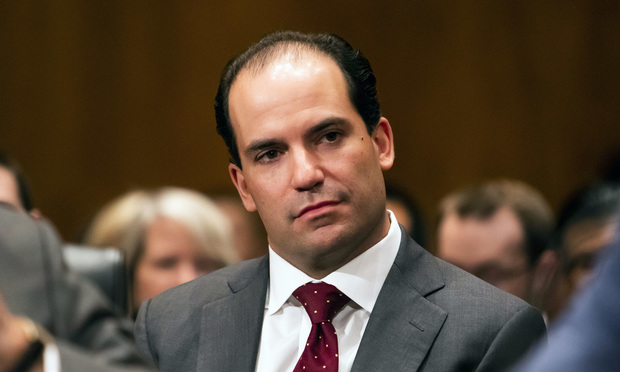 Roman Martinez of Latham & Watkins. Credit: Diego M. Radzinschi/ ALM
Roman Martinez of Latham & Watkins. Credit: Diego M. Radzinschi/ ALMLatham & Watkins partner Roman Martinez, like Sekulow, does not think the teleconference will change his usual argument preparation. Martinez, who will face the solicitor general's office in Barr v. American Association of Political Consultants, said his preparation includes doing moot courts, reading all of the cases, getting deep into briefs, deciding what are the five or six major questions the case is likely to turn on and trying to focus precise answers that speak to the justices' likely concerns on those issues.
Martinez, who has argued eight high court cases, has done two teleconference arguments in district courts in the last five weeks. His experience has been, he said, "If structured the right way, you can have a very constructive back and forth, and hopefully with nine justices as well."
A teleconference argument in the Supreme Court does present some distinct disadvantages for the advocates who will argue.
Jenner & Block partner Ian Gershengorn, a former acting Obama-era U.S. solicitor general who has argued a dozen high court cases, echoed Martinez and others on one of those disadvantages.
"You're so used to getting visual cues and questions from the justices, whether its body language that they are happy or unhappy with your answer or whether it's a sense someone has a question and begins to leap forward," said Gershengorn, who is representing a Native American criminal defendant in McGirt v. Oklahoma. "So much of the argument is nonverbal cues that I do think it will, in an important way, change interactions between you and the court in much the same way a conversation over the phone is different from one using ZOOM video."
The justices also face a similar disadvantage, said Eric Rassbach of the Becket Fund for Religious Liberty.
In the typical Supreme Court argument, the justices are not just listening to the advocates but they are watching and listening to each other. They will not "see" those reactions on the phone, he said. They also are often jumping into the argument at the same time with questions and then deferring to each other.
"But how do you do that on the phone?" asked Rassbach who is making his first high court argument in the consolidated cases Our Lady of Guadalupe School v. Morrissey-Beru and St. James School v. Biel.
The court is expected soon to provide further guidance on argument dates. Until then, the advocates are also thinking through their own logistical issues.
In normal Supreme Court arguments, the advocates have two minutes of uninterrupted time to present their case and the court frowns on reading from prepared notes.
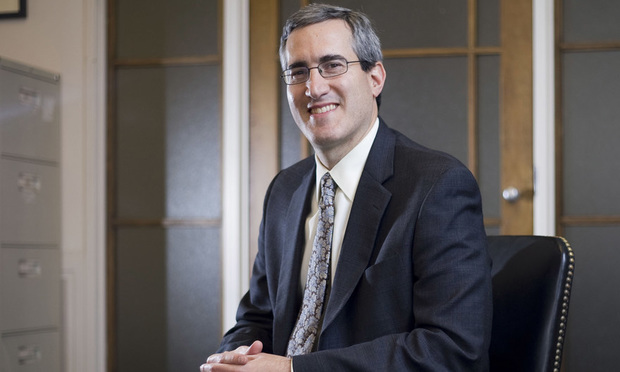 Ian Gershengorn. Photo by Diego M. Radzinschi/ ALM
Ian Gershengorn. Photo by Diego M. Radzinschi/ ALM"Without giving away any secrets, we'll probably be able to read our opening," Gershengorn said. "I haven't thought through whether I can have anyone in the room or available to send emails or comments. I will have rebuttal so I definitely would want to get feedback from colleagues about approaches or responses I should have given. We'll have to see what the social distancing rules are when May comes."
Gershengorn said he intends to use a landline, not a cellphone, but he hasn't decided whether to do the argument at his home or go to his Washington, D.C., office.
"I did my first teleconference from the office, before the lockdown," said Latham's Martinez. "I did the last one from home, which worked well. For the Supreme Court, I'll probably go into the office. I trust the technology there more than at home with my iPhone and earbuds. I do not anticipate I will be in morning attire. I will not be in a suit but I plan to wear my lucky sweater."
Sekulow has the advantage of having nearby audio facilities with soundproof rooms associated with a radio program that he does. "I do not have a landline in my house. If it's going to be a landline, my office is not far away. I'm going to wear a suit and stand up. You're still talking to the Supreme Court of the United States."
Each advocate applauded the court's decision to adopt teleconference arguments.
"I think it's good for the country that they continue to show the process is moving forward and good to show the court is being flexible like everybody else is," Martinez said. "We are where we are, and we've got important issues that need to be resolved."
Former Obama-era acting U.S. solicitor general and Hogan Lovells partner Neal Katyal is not arguing in the May cases, but he has had experiences with video and telephonic arguments. He and the other advocates also applauded the court's decision to provide live audio of the arguments for the public.
Katyal said live audio is an important first step for the court, but he disagrees with those who say this is now the camel's nose under the tent and the court cannot return to refusing same-day, live audio of arguments.
"As much as I want the court to do this in every case, this is an incredibly unique, life-threatening situation and the court should feel it can try this out and not have it thrown in its face and have to do it next year," he said. "The court made a very difficult choice here faced with an extraordinary threat, and time will tell whether that works."
Read more:
'It's Just Been Unreal': Catching Up With Wilmer's Jamie Gorelick
'Very Little Sleep': Katyal on Juggling Arguments, a Book, TV and '100%' Diversity
US Supreme Court Sets Phone Arguments for Select Cases in May
This content has been archived. It is available through our partners, LexisNexis® and Bloomberg Law.
To view this content, please continue to their sites.
Not a Lexis Subscriber?
Subscribe Now
Not a Bloomberg Law Subscriber?
Subscribe Now
NOT FOR REPRINT
© 2025 ALM Global, LLC, All Rights Reserved. Request academic re-use from www.copyright.com. All other uses, submit a request to [email protected]. For more information visit Asset & Logo Licensing.
You Might Like
View All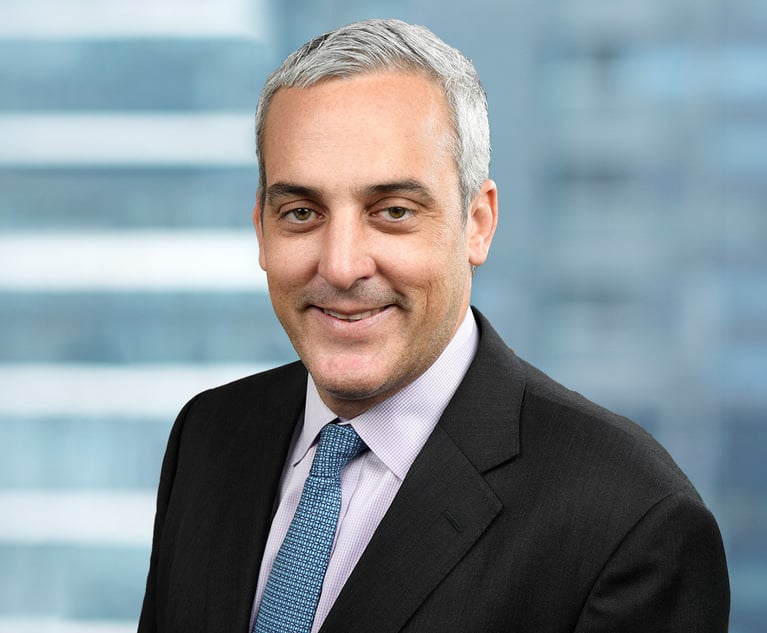
Latham Adds Former Treasury Department Lawyer for Cross-Border Deal Guidance
2 minute read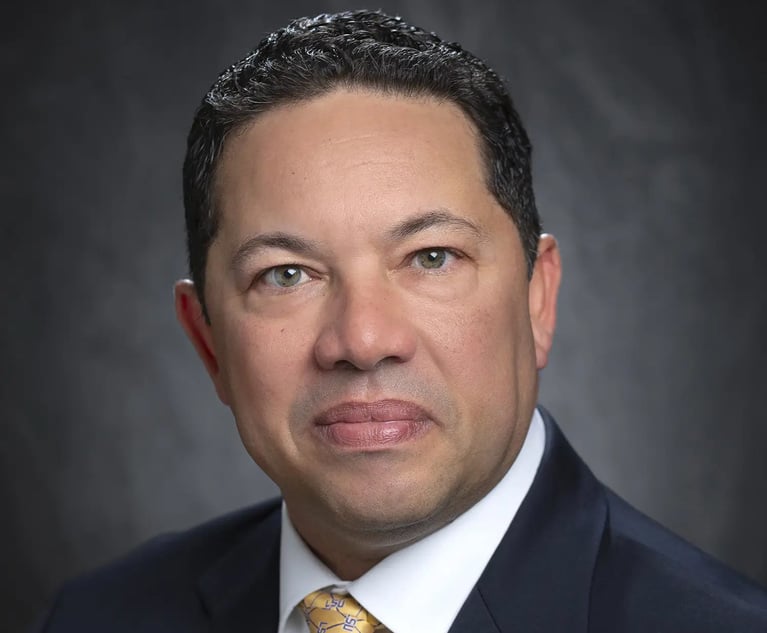
LSU General Counsel Quits Amid Fracas Over First Amendment Rights of Law Professor
7 minute read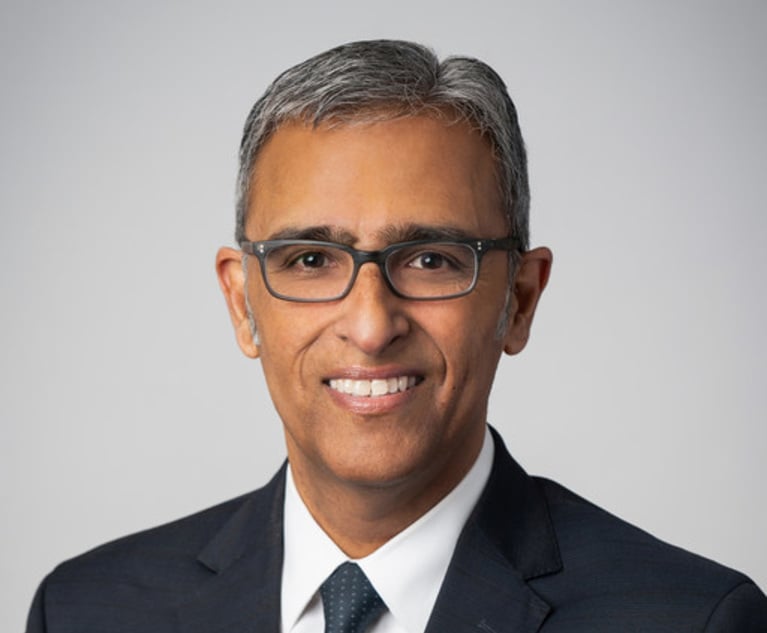
Weil Adds Acting Director of SEC Enforcement, Continuing Government Hiring Streak
3 minute read
Law Firms Expand Scope of Immigration Expertise Amid Blitz of Trump Orders
6 minute readLaw Firms Mentioned
Trending Stories
Who Got The Work
J. Brugh Lower of Gibbons has entered an appearance for industrial equipment supplier Devco Corporation in a pending trademark infringement lawsuit. The suit, accusing the defendant of selling knock-off Graco products, was filed Dec. 18 in New Jersey District Court by Rivkin Radler on behalf of Graco Inc. and Graco Minnesota. The case, assigned to U.S. District Judge Zahid N. Quraishi, is 3:24-cv-11294, Graco Inc. et al v. Devco Corporation.
Who Got The Work
Rebecca Maller-Stein and Kent A. Yalowitz of Arnold & Porter Kaye Scholer have entered their appearances for Hanaco Venture Capital and its executives, Lior Prosor and David Frankel, in a pending securities lawsuit. The action, filed on Dec. 24 in New York Southern District Court by Zell, Aron & Co. on behalf of Goldeneye Advisors, accuses the defendants of negligently and fraudulently managing the plaintiff's $1 million investment. The case, assigned to U.S. District Judge Vernon S. Broderick, is 1:24-cv-09918, Goldeneye Advisors, LLC v. Hanaco Venture Capital, Ltd. et al.
Who Got The Work
Attorneys from A&O Shearman has stepped in as defense counsel for Toronto-Dominion Bank and other defendants in a pending securities class action. The suit, filed Dec. 11 in New York Southern District Court by Bleichmar Fonti & Auld, accuses the defendants of concealing the bank's 'pervasive' deficiencies in regards to its compliance with the Bank Secrecy Act and the quality of its anti-money laundering controls. The case, assigned to U.S. District Judge Arun Subramanian, is 1:24-cv-09445, Gonzalez v. The Toronto-Dominion Bank et al.
Who Got The Work
Crown Castle International, a Pennsylvania company providing shared communications infrastructure, has turned to Luke D. Wolf of Gordon Rees Scully Mansukhani to fend off a pending breach-of-contract lawsuit. The court action, filed Nov. 25 in Michigan Eastern District Court by Hooper Hathaway PC on behalf of The Town Residences LLC, accuses Crown Castle of failing to transfer approximately $30,000 in utility payments from T-Mobile in breach of a roof-top lease and assignment agreement. The case, assigned to U.S. District Judge Susan K. Declercq, is 2:24-cv-13131, The Town Residences LLC v. T-Mobile US, Inc. et al.
Who Got The Work
Wilfred P. Coronato and Daniel M. Schwartz of McCarter & English have stepped in as defense counsel to Electrolux Home Products Inc. in a pending product liability lawsuit. The court action, filed Nov. 26 in New York Eastern District Court by Poulos Lopiccolo PC and Nagel Rice LLP on behalf of David Stern, alleges that the defendant's refrigerators’ drawers and shelving repeatedly break and fall apart within months after purchase. The case, assigned to U.S. District Judge Joan M. Azrack, is 2:24-cv-08204, Stern v. Electrolux Home Products, Inc.
Featured Firms
Law Offices of Gary Martin Hays & Associates, P.C.
(470) 294-1674
Law Offices of Mark E. Salomone
(857) 444-6468
Smith & Hassler
(713) 739-1250







